Solution: Mathematics for Economists MFE511S Assignment 2, Semester 1
VerifiedAdded on 2023/01/19
|12
|315
|55
Homework Assignment
AI Summary
This document provides a comprehensive solution to Assignment 2 for the Mathematics for Economists course, MFE511S. The solution covers a range of economic and mathematical concepts, starting with differentiation of various functions and simplification of the results. It then delves into the analysis of a monopolist's demand and cost functions, including the derivation of the average cost and profit functions, and the determination of the production level for maximum profit. The solution further explores production functions, calculating marginal productivity of capital and labor, and determining the marginal rate of technical substitution (MRTS). It also addresses implicit function differentiation and explores the application of the concept of consumer surplus. Finally, it provides a proof for Young's theorem through the analysis of a defined valued function. The document offers a detailed step-by-step approach to solving each question, providing clear explanations and justifications for each step.
1 out of 12

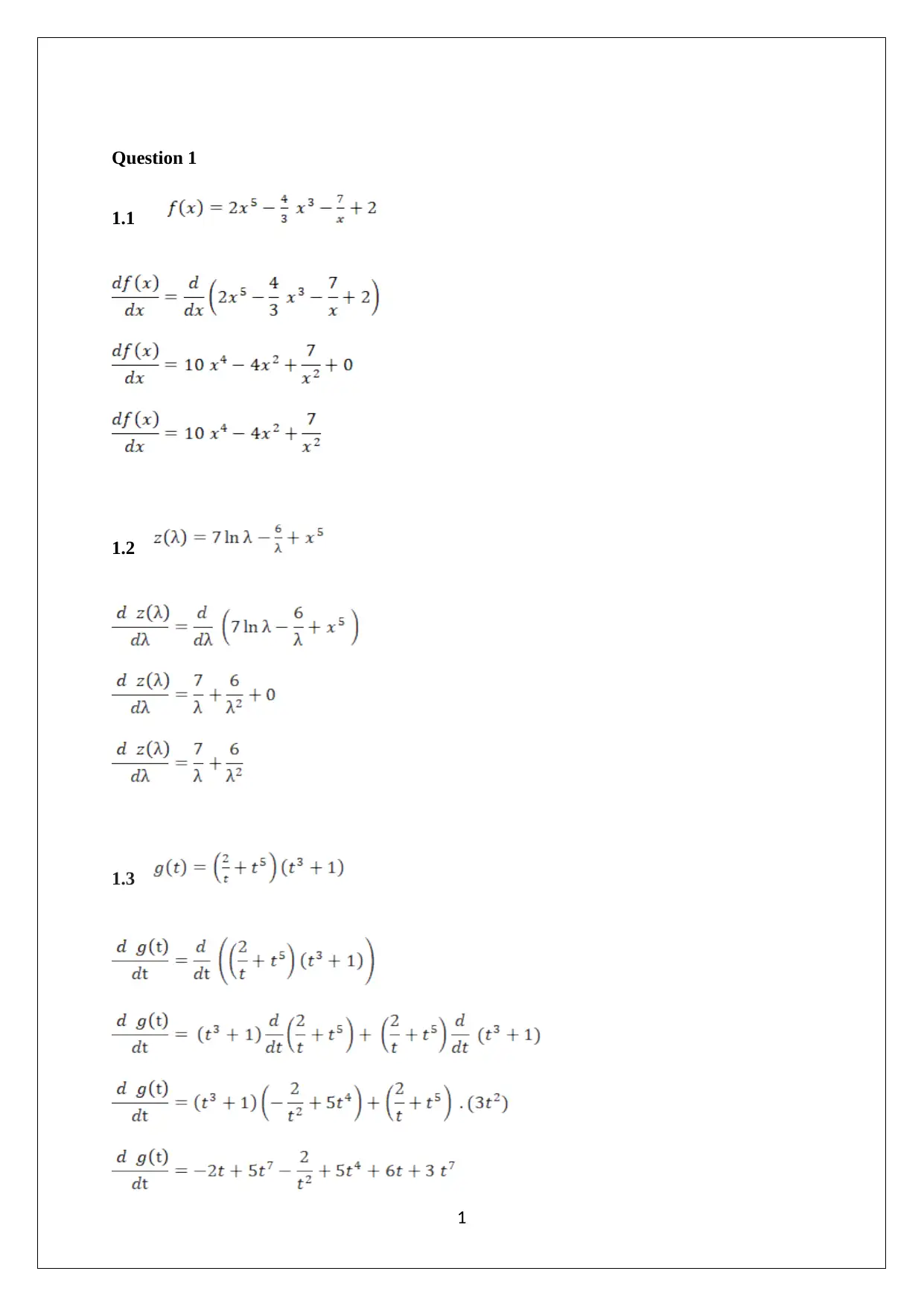


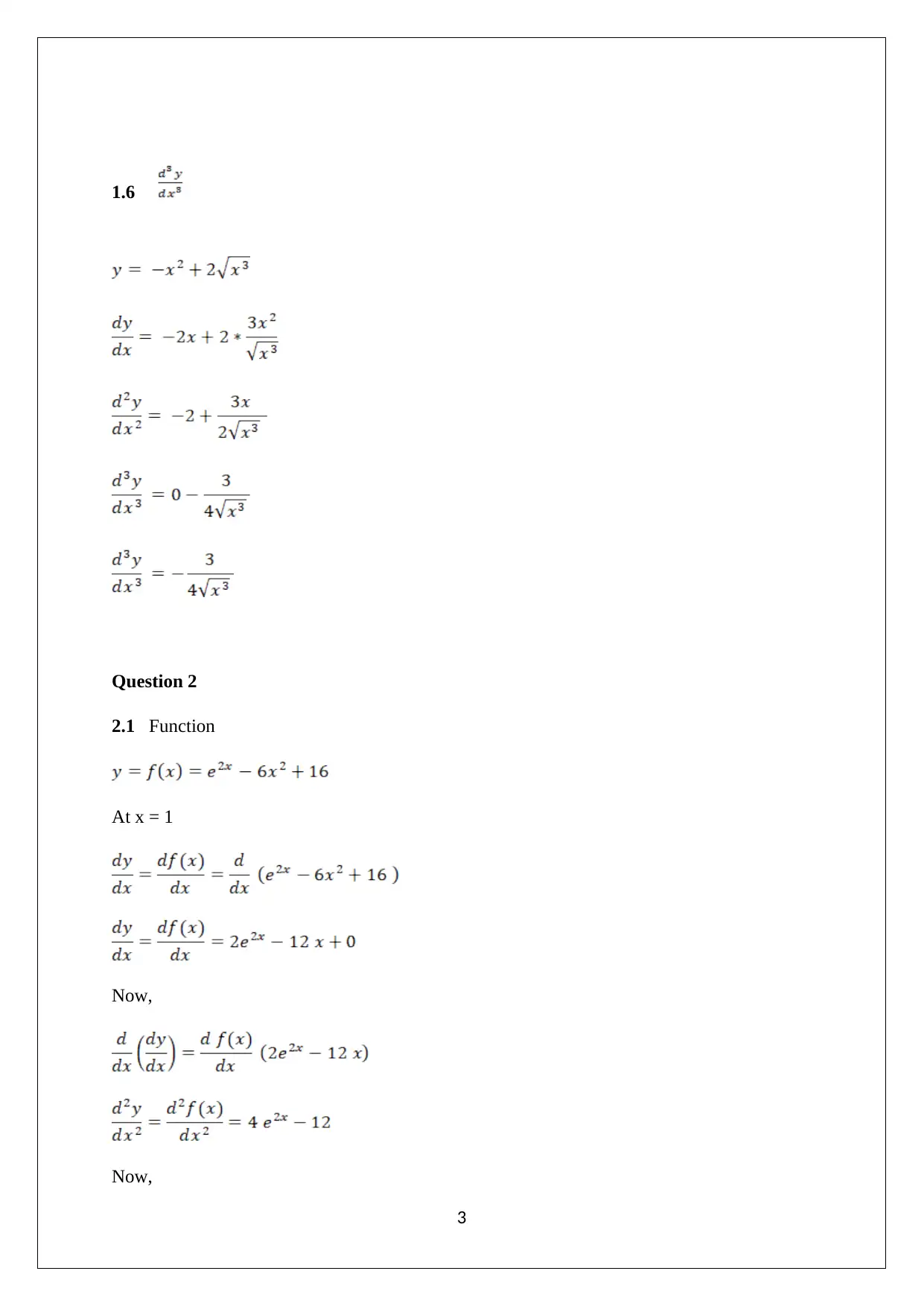
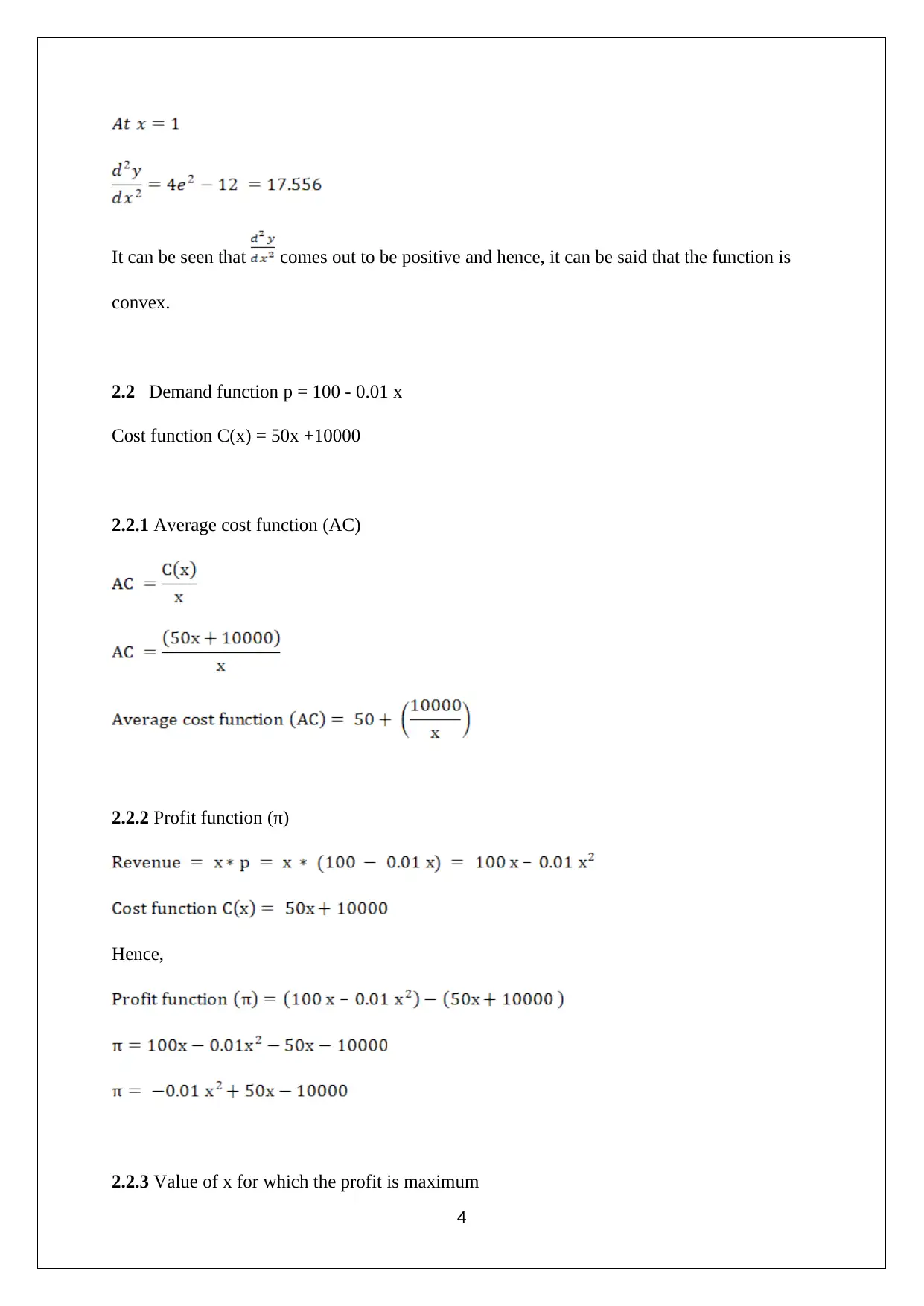

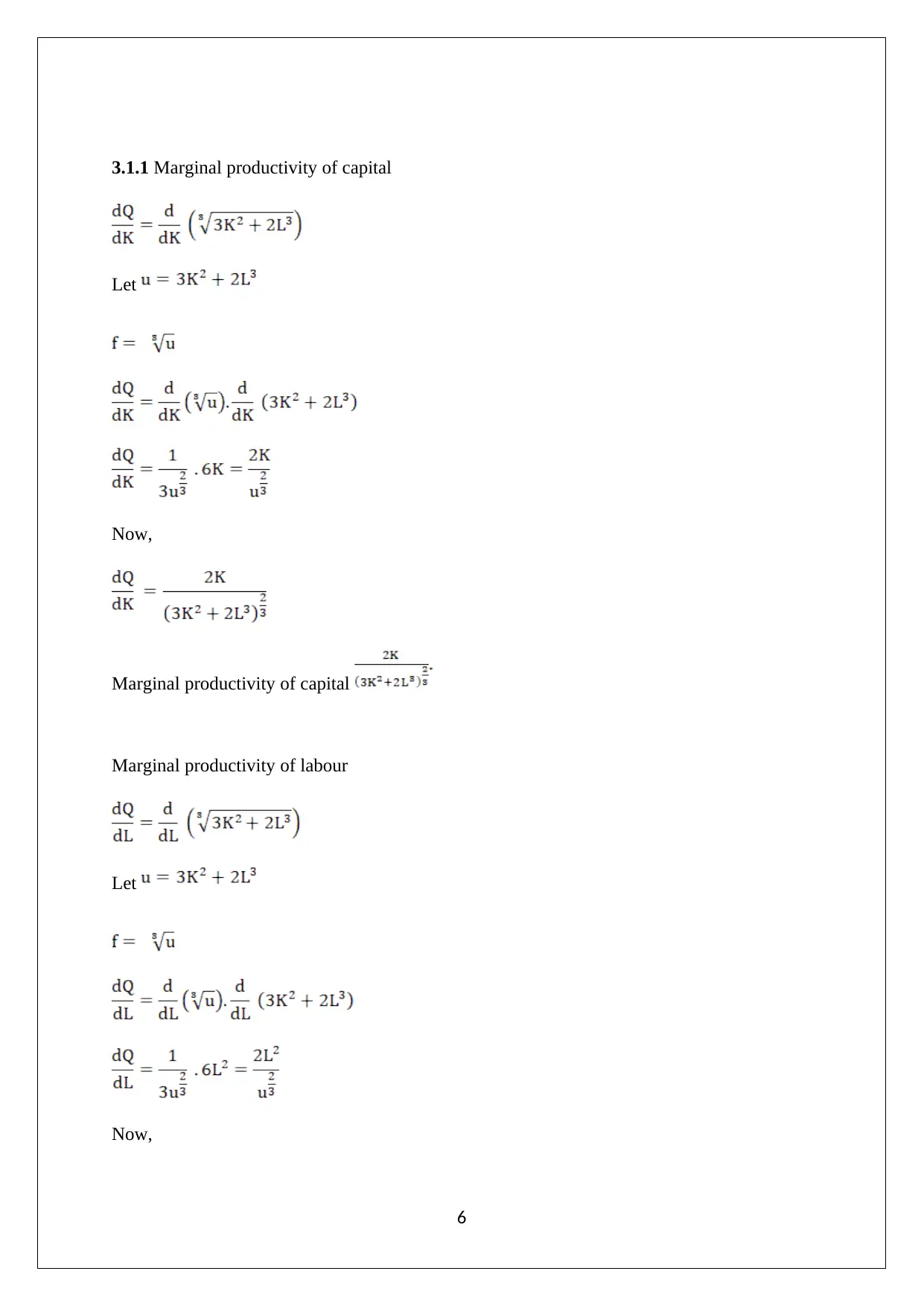
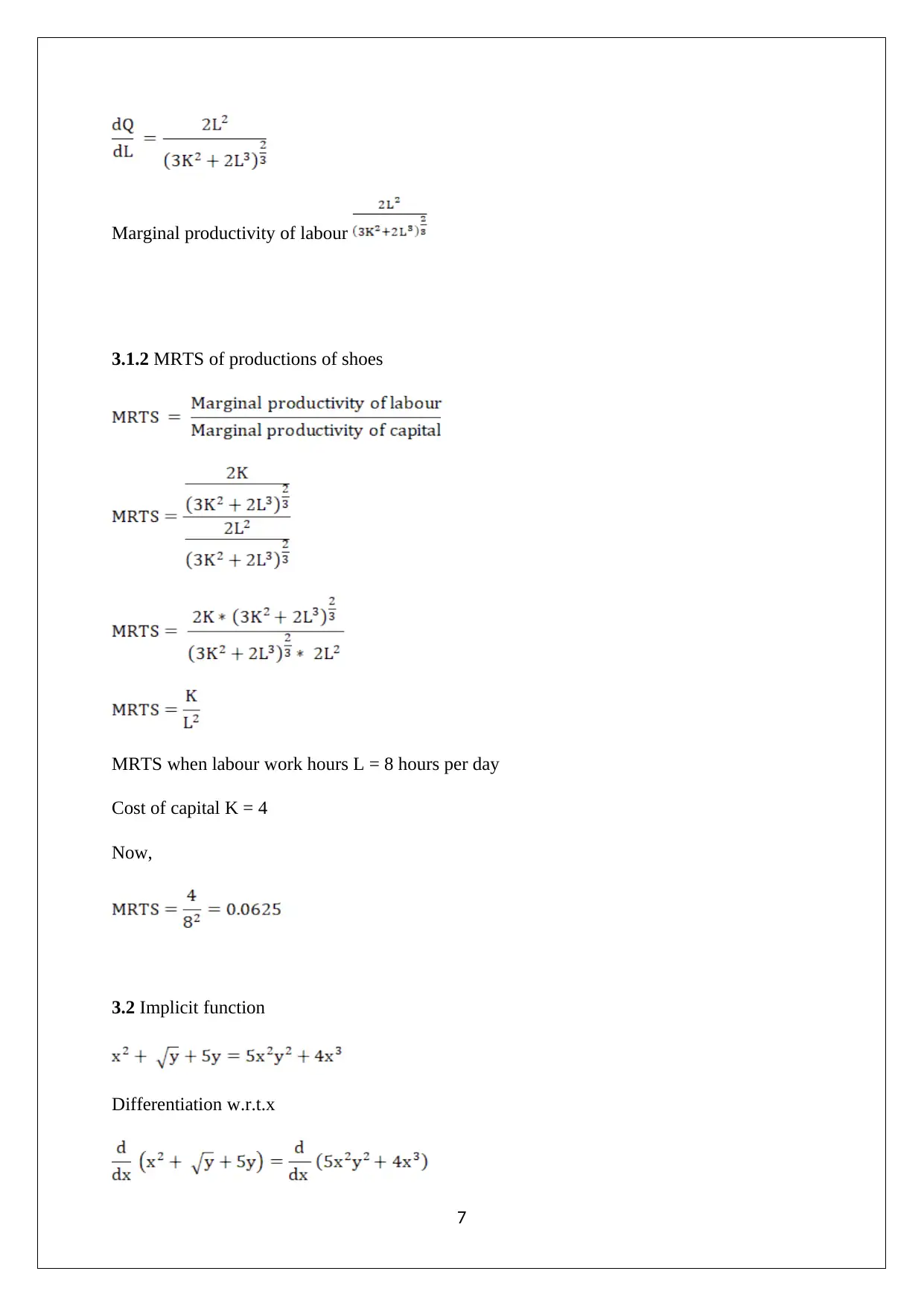


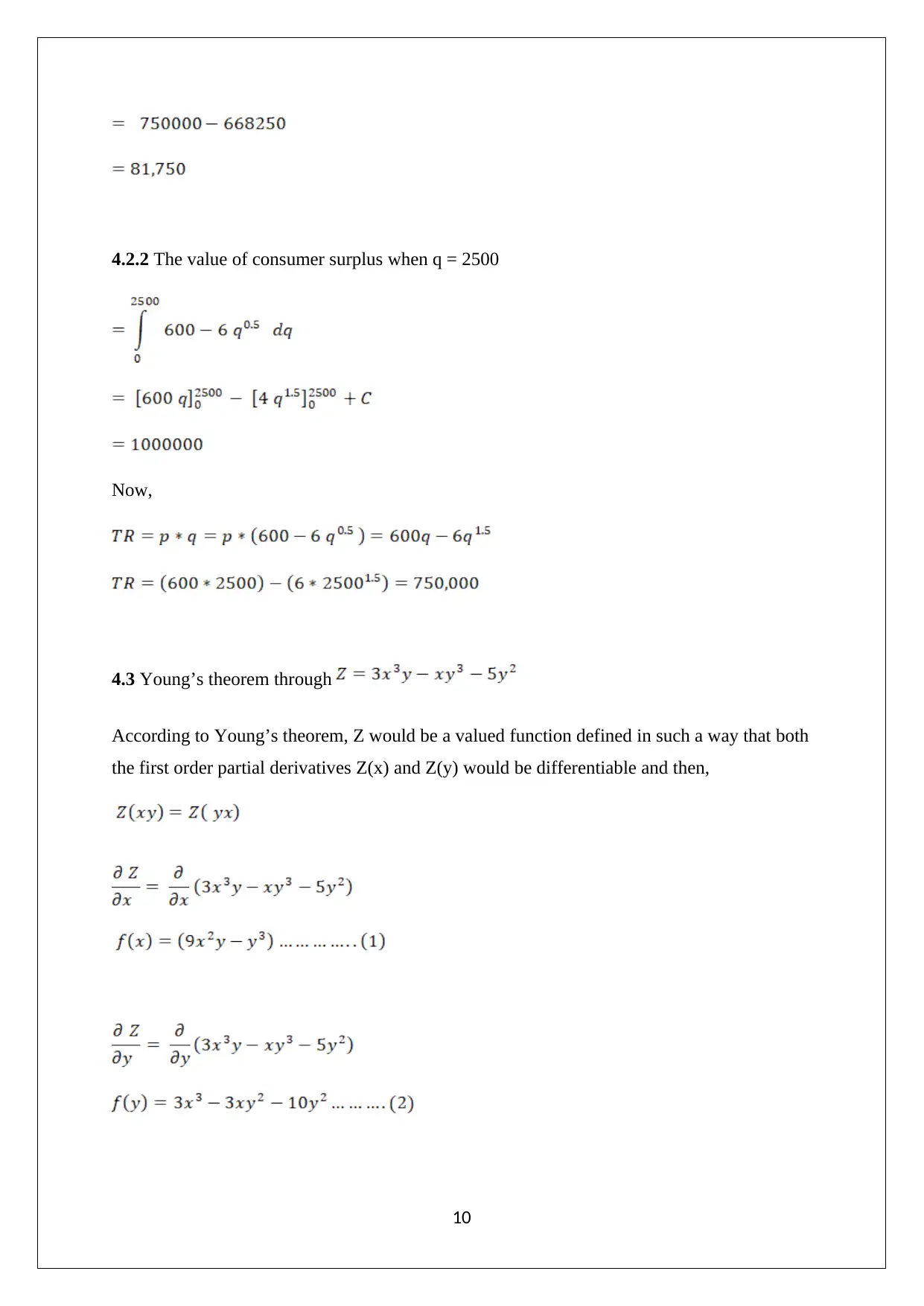







![[object Object]](/_next/static/media/star-bottom.7253800d.svg)